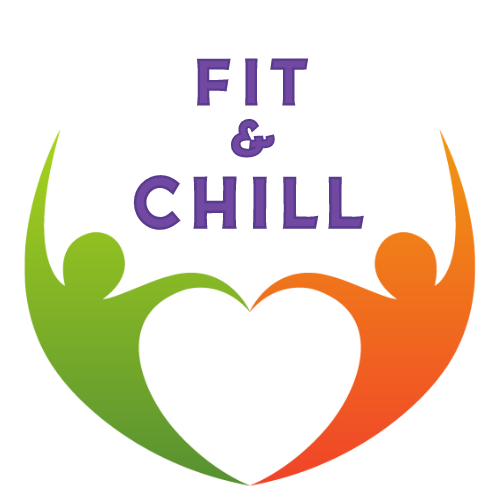Benefits of The Anchor Lunges (Left Side)
- Lower Body Strength: “Anchor Lunges” target the quadriceps, hamstrings, glutes, and calves, helping to strengthen and tone the muscles of the lower body.
- Unilateral Training: Performing lunges unilaterally helps address muscle imbalances and asymmetries between the left and right sides of the body.
- Improved Balance and Stability: Lunges require balance and stability, particularly when stepping back into the lunge position, helping to improve proprioception and coordination.
- Functional Movement: Lunges mimic everyday movements like walking and climbing stairs, making them a functional exercise that translates to activities of daily living.
- Increased Range of Motion: Lunges promote flexibility and mobility in the hip flexors and quadriceps, enhancing overall range of motion in the lower body.
Tips for Beginners:
- Start Slowly: Begin with a shallow lunge and gradually increase the depth of the movement as you become more comfortable and confident in your balance and strength.
- Focus on Form: Pay attention to maintaining proper form throughout the exercise, with a straight back, chest lifted, and knees aligned with the ankles.
- Use Support if Necessary: If balance is an issue, use a wall or chair for support until you feel more stable performing the movement.
- Engage Core Muscles: Keep your core muscles engaged throughout the exercise to stabilize your torso and protect your lower back.



Leave A Comment